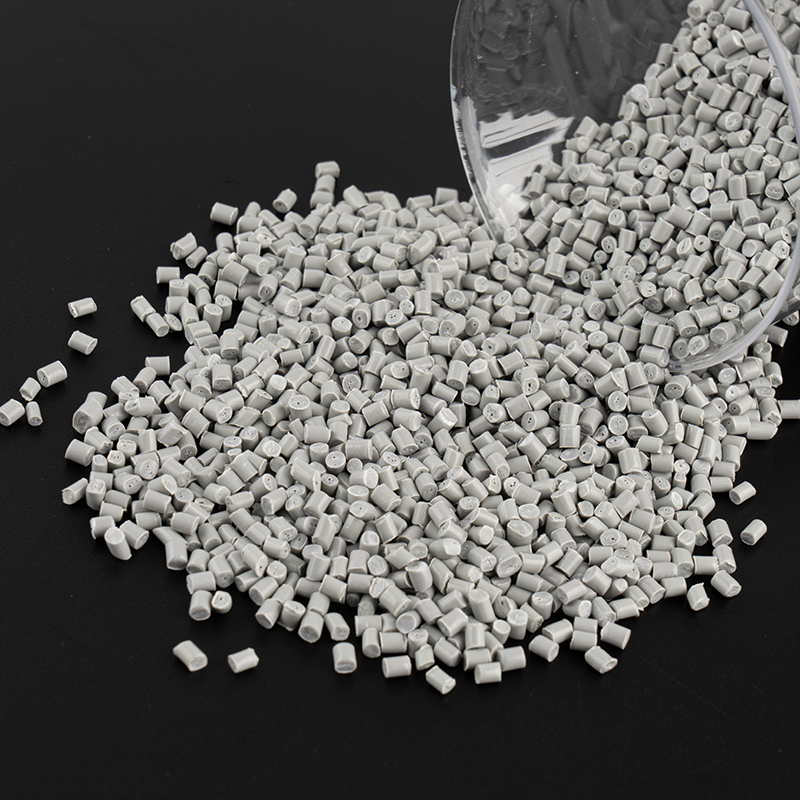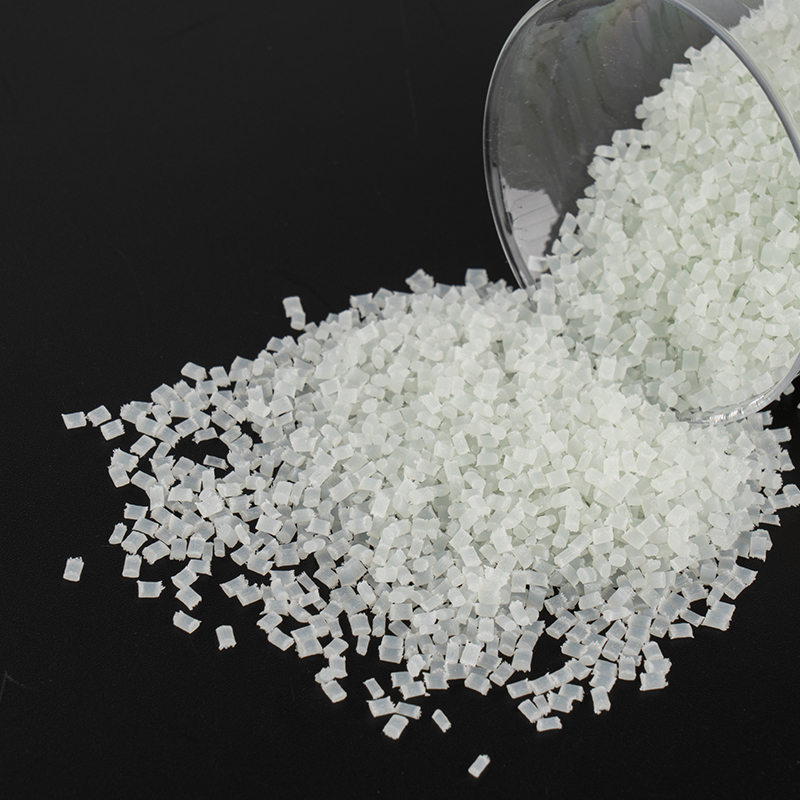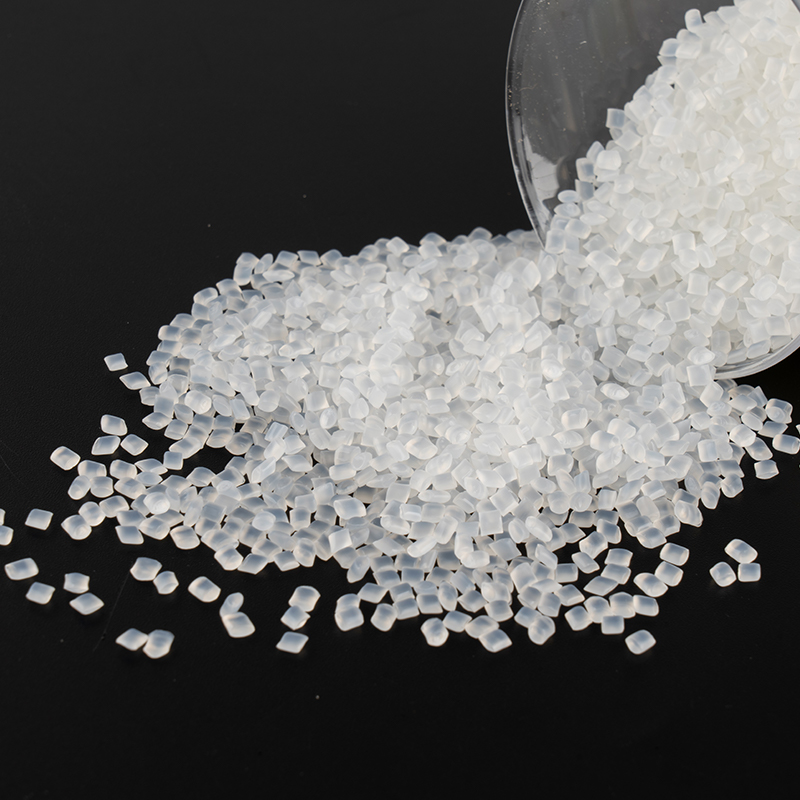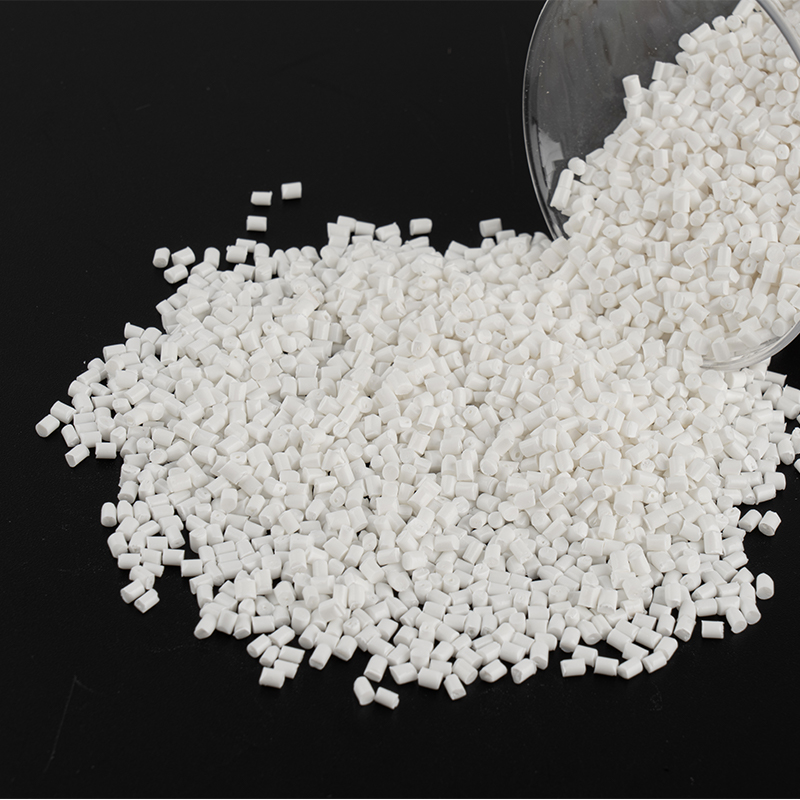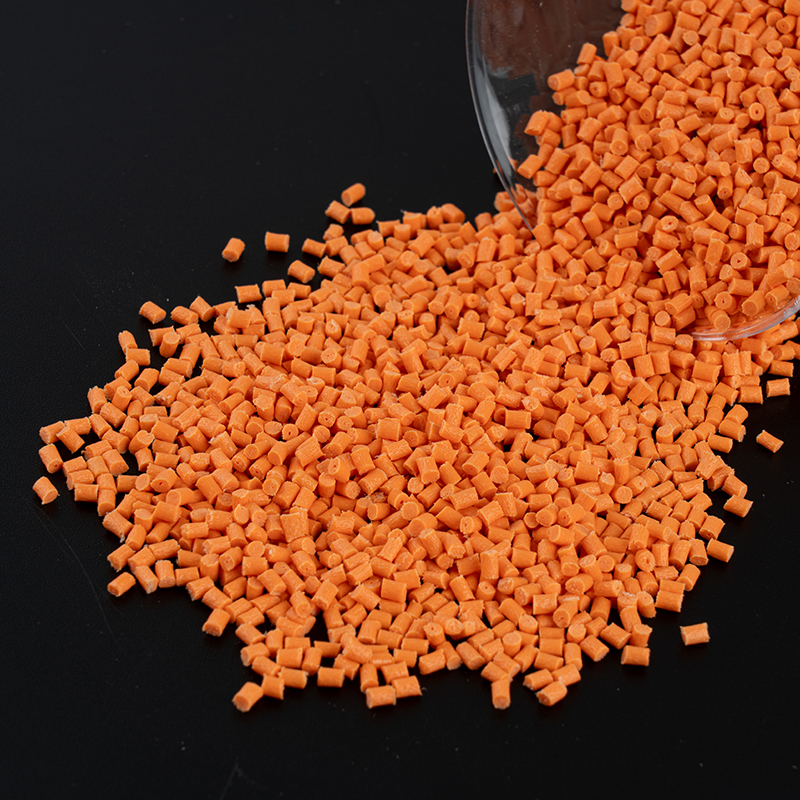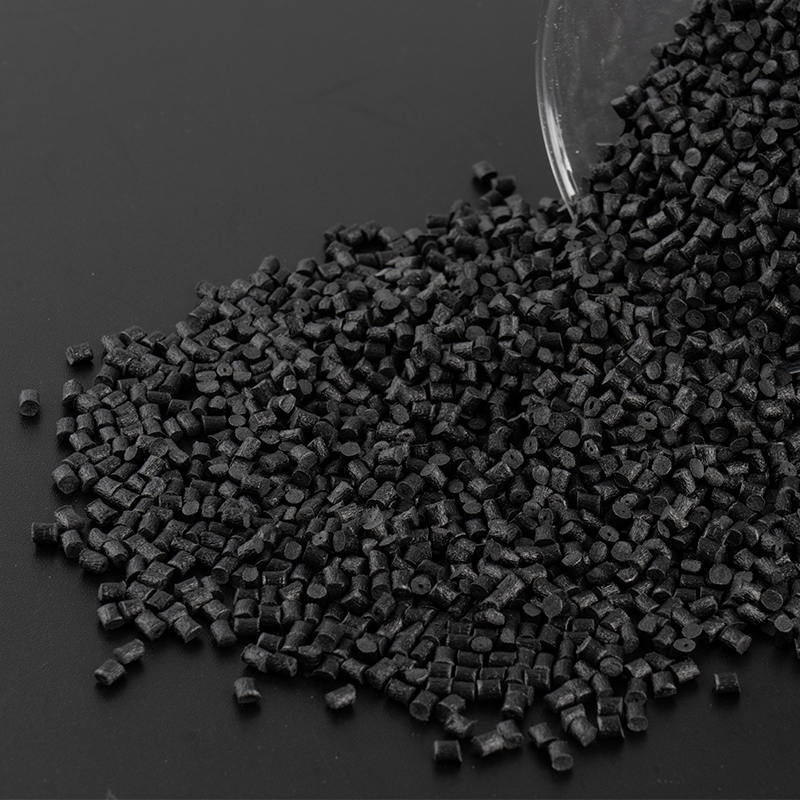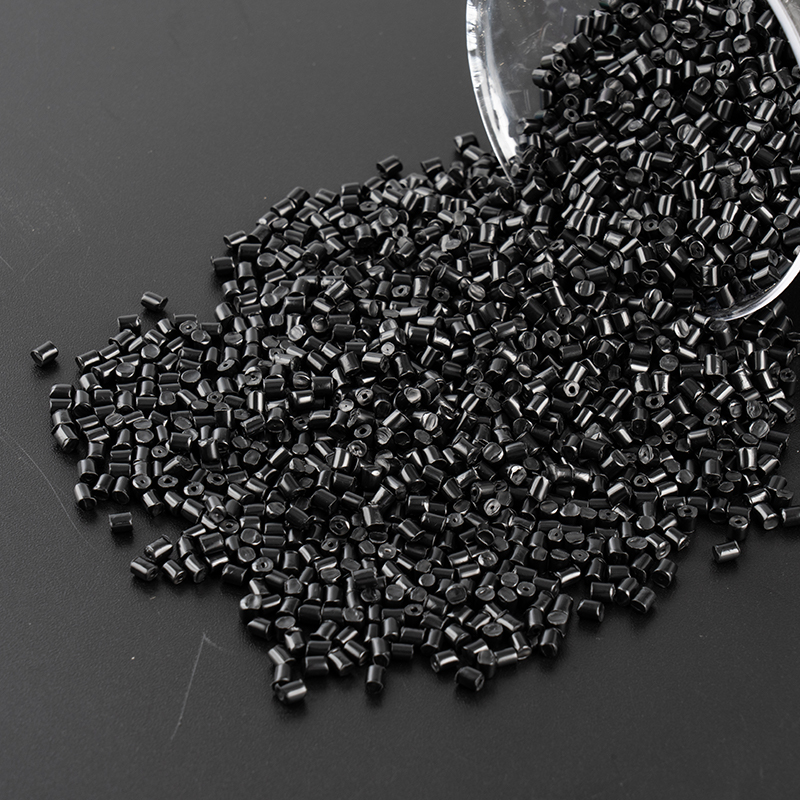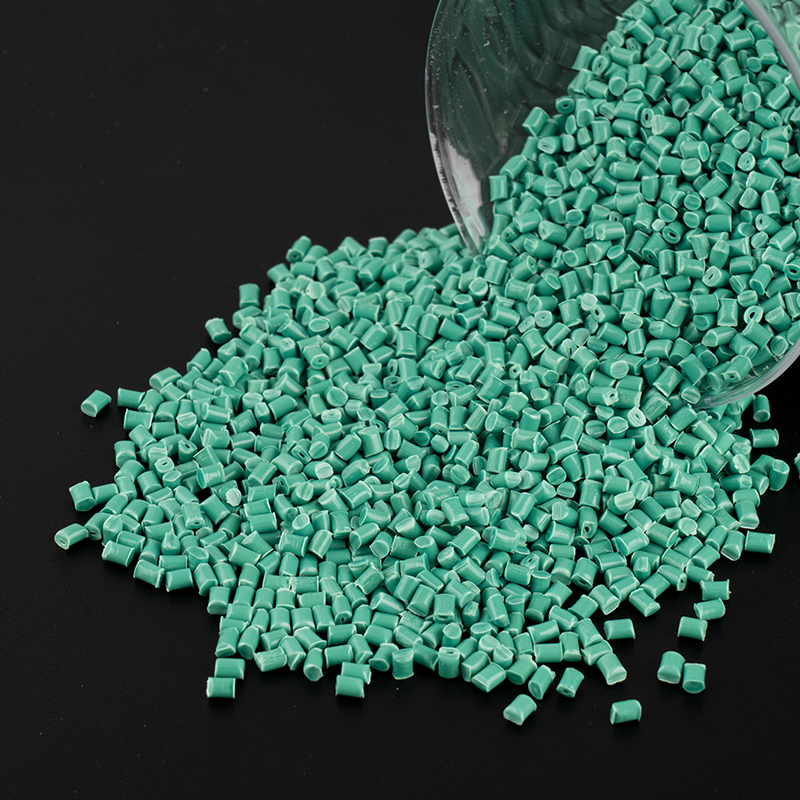1. Introduction: The rise of PP modified plastics
In the field of materials engineering and efficient manufacturing, how to choose a plastic material that is both economical and reliable has become one of the important decisions for manufacturers. With the development of technology, polypropylene (PP) modified engineering plastics are gradually replacing traditional ABS, PA, PC and other materials with their excellent processing performance, mechanical properties and sustainable development advantages, and have become an important force in the field of injection molding.
In the automotive, home appliances, electrical and electronic, logistics and daily necessities industries, PP modified plastics have become an ideal choice for injection molding materials due to their light weight, reinforcement, heat resistance, environmental protection and high cost performance. This article will deeply analyze the advantages, types and reasons for the application of PP modified materials in injection molding.
2. What is PP modified engineering plastics?
PP modified plastics are based on polypropylene, and functional additives or reinforcing fillers are added through physical blending or chemical grafting to obtain better performance to meet application scenarios with higher technical standards.
Common modification methods include:
Glass fiber reinforcement (PP-GF): Improve rigidity, tensile strength and heat resistance, suitable for parts with high structural requirements.
Talc/mineral filling (PP-TD): improve dimensional stability, heat deformation temperature, and reduce material costs.
Elastomer toughening (PP+EPDM or SEBS): improve impact performance, suitable for anti-fall and low temperature scenarios.
Flame retardant modification (PP-FR): by adding halogen-free flame retardants, the material meets the UL94 V-0 grade requirements, commonly used in the electrical and electronic industry.
Anti-UV/aging modification: increase the outdoor durability of the material, used for outdoor equipment housings and automotive parts.
Through different formula combinations, PP modified materials can achieve a precise balance between rigidity and flexibility, heat resistance and low-temperature impact resistance, and meet the complex and changing industrial design needs.
3. Why do manufacturers choose PP modified plastics in injection molding?
Excellent melt fluidity, suitable for complex structure injection molding
PP modified materials have excellent fluidity and can maintain good injection molding processing performance even with high filling ratios or reinforced materials. This means that they can be used for injection molded products with complex geometries, rich details, and coexistence of thin and thick walls. Under the condition of reasonable mold design, the occurrence rate of common defects such as cold material, short shot, air inclusion, etc. can be significantly reduced, and the yield of one-time molding can be improved.
Performance can be customized according to needs, covering a wide range of applications
PP itself is a semi-crystalline thermoplastic material, and after modification, it can achieve diversified performance adjustment. For example, it provides high modulus and high heat resistance for automotive parts; high gloss and high flame retardancy for home appliance shells; and high impact resistance and low temperature resistance for logistics turnover boxes. Manufacturers can flexibly adjust material formulas in terms of strength, rigidity, flexibility, temperature resistance, etc. according to product requirements for different uses.
Wide processing window and high production efficiency
Compared with engineering plastics, PP modified materials are more adaptable to processing equipment, have a wide molding temperature range, are insensitive to screw shear rate and pressure, and have high thermal stability. This feature reduces dependence on operating processes, reduces the frequency of equipment adjustments, and is conducive to continuous batch production. At the same time, due to the low melting point of PP and the short injection molding cycle, it helps to improve the overall production line efficiency and reduce unit manufacturing costs.
High cost-effectiveness and low material cost
Compared with engineering plastics such as ABS, PA6, and PC, PP modified materials have more price advantages under similar structural properties. Especially in the production of large-scale products, PP modified plastics can save a lot of raw material costs for enterprises. Even when high-performance additives (such as flame retardants or glass fiber) need to be added, the overall cost is still significantly lower than traditional polymer materials.
Environmentally friendly and recyclable, in line with the trend of sustainable development
PP itself is a recyclable thermoplastic plastic. The scraps and waste materials in the processing process can be recycled and reused for the second time, which is not only conducive to reducing the waste of raw materials, but also in line with the current trend of "green manufacturing" and "carbon neutrality". In addition, many modified formulas have achieved halogen-free flame retardancy, no heavy metals, and low VOC emissions, meeting the strict requirements of European and American markets for environmental protection regulations (such as RoHS and REACH).
4. Typical injection molding application scenarios of PP modified plastics
PP modified engineering plastics are widely and deeply used in the field of injection molding. The following are several common fields:
Automotive industry: such as front bumpers, dashboard frames, door panel interiors, etc., usually use PP+glass fiber or PP+EPDM modified materials, taking into account strength, appearance and impact absorption capacity, while meeting lightweight requirements.
Home appliance field: such as washing machine bases, electric fan housings, rice cooker housings, etc., often use flame retardant or mineral filled modified PP, taking into account structural stability and flame retardant safety.
Electronic and electrical industry: used for battery housings, junction boxes, modular housings, etc., requiring high dimensional accuracy and good insulation performance, usually flame retardant PP.
Industrial products and tools: such as portable tool housings, logistics boxes, equipment accessories, etc., require impact resistance, wear resistance and weather resistance, and often use elastomer toughened or composite reinforced PP.
Daily necessities and office supplies: such as chairs, filing cabinets, boxes, drawer rails, etc., used to meet the requirements of beauty, lightness, durability, etc.
5. Challenges and solutions
Although PP modified materials have many advantages, there are also some challenges in the application process:
Warping and shrinkage: PP itself has a large shrinkage rate and is prone to deformation when the mold design is improper or the cooling is uneven. Dimensional stability can be improved by adding glass fiber or mineral fillers, and the mold cooling system can be optimized.
Strength limit: If the product has extremely high requirements for structural strength, simple PP modification may not be enough. A high-ratio reinforced formula (such as PP+30%GF) should be used, or blending with PA should be considered.
High temperature resistance limit: The heat deformation temperature of standard PP is limited and is not suitable for high temperature environments. Heat resistance can be improved by high crystallinity PP or the introduction of heat-resistant modifiers.
Surface quality control: Highly filled or reinforced PP may affect the surface finish of the product. The appearance can be improved by selecting the modified grade to control the filler particle size, adding surface coating or improving demolding technology.






